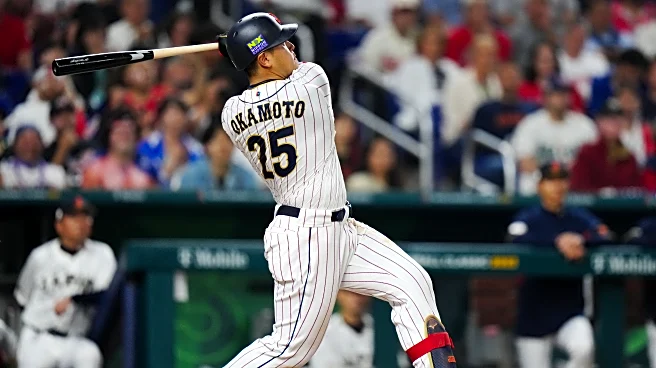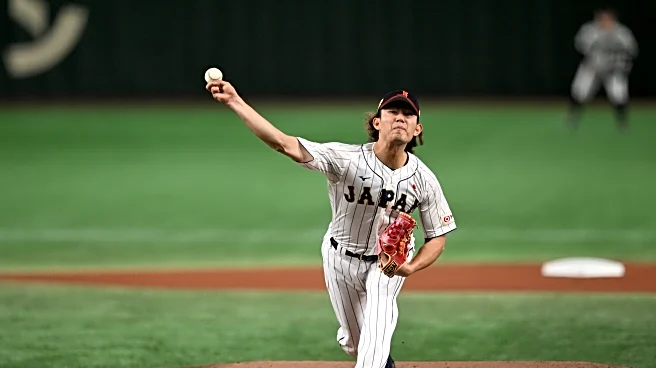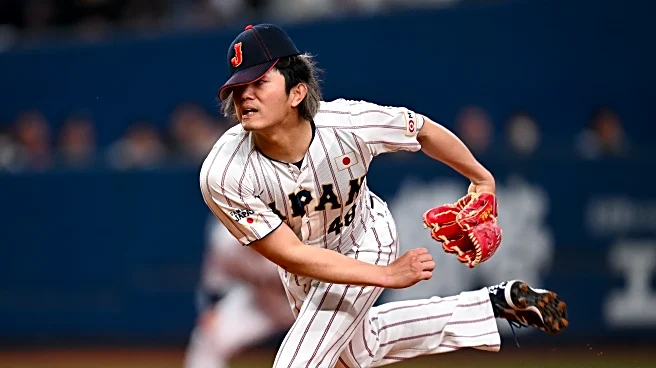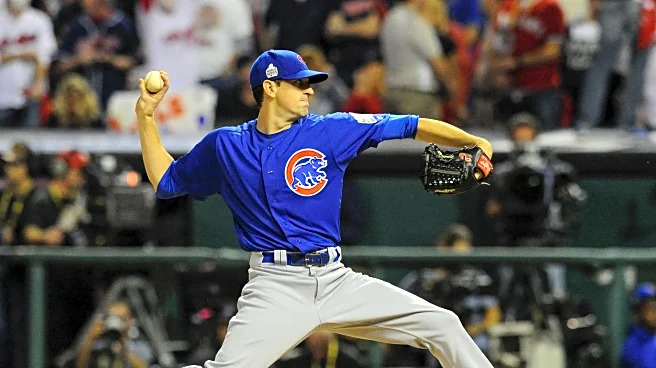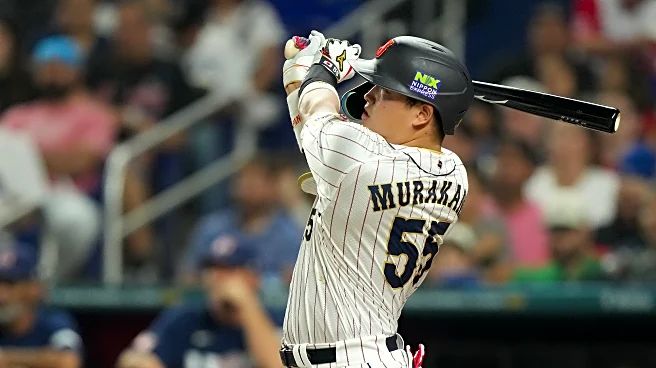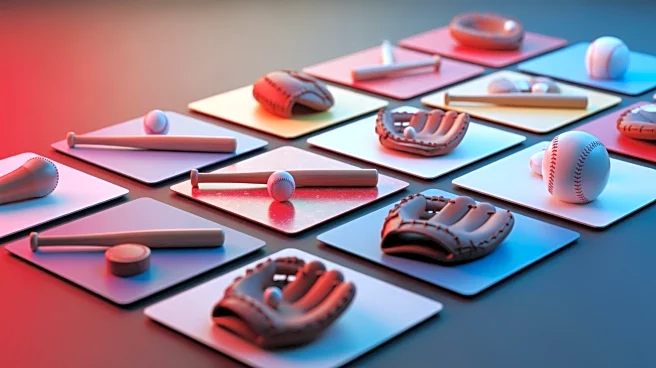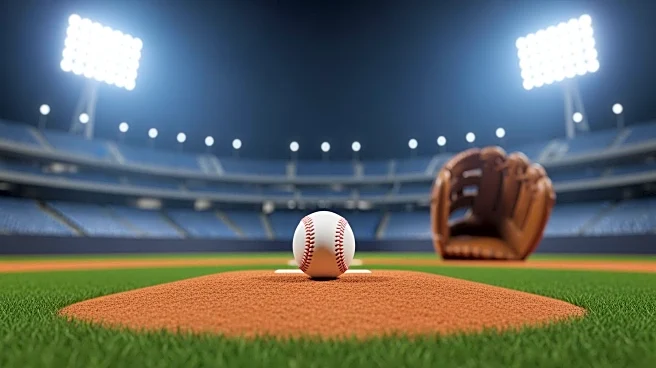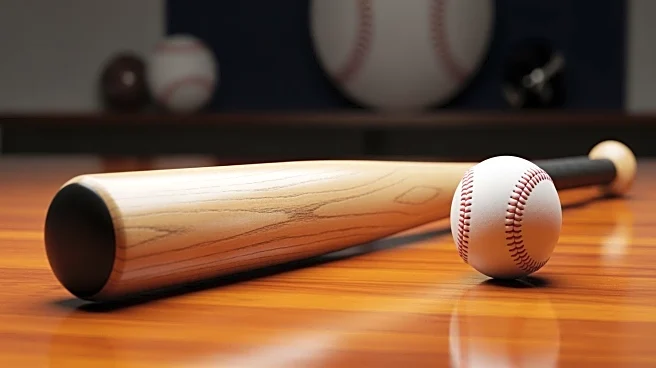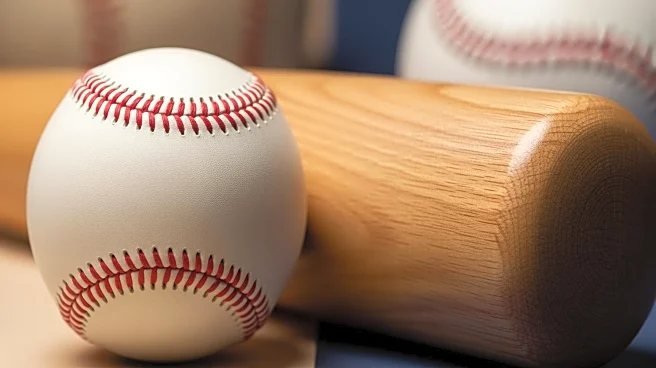Kazuma Okamoto was born in Gojo, a city of roughly 27,000 within Japan’s Nara Prefecture, on June 30, 1996. With multiple high schools interested in him attending their institution and actively “scouting”
him, Okamoto decided on in Chiben Gakuen High School, a school known for baseball success and having multiple players eventually get drafted as professionals. While he was unable to help lead the school to a championship in the Spring or Summer Koshien over the three years he was enrolled there, he still made his mark, slugging 73 home runs over his three years there and becoming one of just 19 players in the 110-year history of Koshien to hit two home runs in a single tournament game.
Considered one of the top high school players available for the 2014 NPB Draft, and certainly the one with the most overall power potential, Okamoto was selected by the Yomiuri Tokyo Giants with their first-round selection. No other team selected him, meaning that the Giants were free to sign the young infielder, as opposed to the pick being contested and going to a draft lottery, and the two sides agreed to a ¥80 million signing bonus (roughly $520,000).
The 19-year-old started his professional baseball career on the Giants’ ni-gun minor league team in the NPB Eastern League, working on his defense and baserunning. On August 28, 2015, the Giants called him up to the majors for a late-season cup-of-coffee and he appeared in 17 games for the rest of the season, hitting .214/.290/. He spent the majority of the 2016 and 2017 seasons on the Giants’ ni-gun minor league team as well, logging a total of 18 games and 41 at-bats with the Giants during that period during intermittent call-ups.
In 2018, during spring training, hitting coach Tomohiro Nioka suggested that the 22-year-old infielder lower his hands and stand taller at the plate. He had a strong spring, and when the season began, he was named the Giants’ starting first baseman, replacing former captain and future first-ballot Hall of Famer Shinnosuke Abe, who was pushing 40 and winding down his career. In his second game of the season, he went 4-4 with a home run. The following day, he hit a game-winning three-run homer. As the season went on, the hits and home runs kept coming. He ended up appearing in 143 games for the Giants, hitting .309/.394/.541 with 26 doubles, 33 home runs, and 72 walks to 120 strikeouts and became the youngest player in NPB history at 22 to hit over .300 or better, slug 30 or more home runs, and drive in 100 or more runs in a single season.
In 2019, Okamoto faced some adversity, as while he was still hitting home runs, his batting average dropped precariously, hovering around .250 for much of the first half of the season. Making some mechanical adjustments to utilize his legs more, he recovered in the second half of the season and ended up hitting .265/.343/.485 with 29 doubles, 31 home runs, and 62 walks to 132 strikeouts.
Unlike the United States, which had a truncated 2020 season, Japan was able to better manage the COVID-19 pandemic and Nippon Professional Baseball was able to resume in June with a 120-game schedule, cutting only 23 games from the normal 143-game schedule. Okamoto hit .275/.362/.545 with 26 doubles, 31 home runs, and 55 walks to 85 strikeouts, his 31 homers and 97 RBI most in Nippon Professional Baseball’s Central League.
Over the next few years, Okamoto would become not just a steady presence in the Giants’ line-up, but he would be a high-level, borderline elite one. In 2021, he hit .265/.341/.530 in 143 games with 19 doubles, 1 triple, 39 home runs, and 57 walks to 108 strikeouts. In 2022, he hit .252/.336/.469 in 140 games with 21 doubles, 1 triple, 30 home runs, and 58 walks to 94 strikeouts. In 2023, he hit .278/.374/.584 in 140 games with 31 doubles, 41 home runs, and 72 walks to 111 strikeouts. In 2024, he hit .280/.362/.501 in 143 games with 37 doubles, 27 home runs, and 66 walks to 97 strikeouts. During this period of time, he was named Giants captain, won two Best Nine Awards (Third Base and First Base, the latter the first time since Sadaharu Oh in 1979 that a Giants first baseman won the award) and won three Mitsui Golden Glove Awards- generally awarded for overall performance, not defense- two at the third base position and one at first base.
He also plied his craft on an international stage in 2023, playing on Team Samurai Japan in the 2023 World Baseball Classic, appearing in 7 games for the eventual winners and hitting .333/.556/.722 with 1 double, 2 home runs, and 8 walks to 4 strikeouts.
In 2025, the 29-year-old Okamoto was off to one of his best starts in years, hitting over .300 with 8 home runs through the beginning of May. On May 6th, he was involved in a collision at first base with Hanshin Tigers infielder Takumu Nakano and injured a ligament in his left elbow. He returned to the Giants in mid-August and ended up batting .327/.416/.598 in 69 games, hitting 21 doubles, 15 home runs, and drawing 33 walks to 33 strikeouts. While he put up solid when he was able to get on the field, the elbow injury snapped his streak of seven-consecutive years appearing in 115 or more ballgames and logging at least 440 at-bats as well as his seven-year streak of logging at least 25 home runs or more.
In late October, the Yomiuri Giants announced that they would be making Okamoto available to MLB clubs via the posting system, the first position player they posted in franchise history. If he elects to come to play baseball in the U.S., he will be leaving Japan with a cumulative .277/.361/.521 batting line over 11 seasons, with 212 doubles, 3 triples, 248 home runs, 13 stolen bases in 19 attempts, and 481 walks to 769 strikeouts in 1074 games.
At the plate, Okamoto stands slightly open, standing tall and extending his arms to hold his bat far from his body, angling the bat-head nearly perpendicular to the ground. He swings with a leg kick, and has a long, rotational swing that lifts the ball. Since becoming a full-time player in his breakout 2018 campaign, the infielder has a 10.8% BB% and a 17.1% K%, with both numbers trending up- a higher BB% and a lower K%- over the last few seasons. He does not expand the zone much, with an O-Swing rate of 28.1%, a bit less than the MLB average, while he swings at pitches in the zone at a 71% rate, a little bit more than the MLB Z-Swing average. On pitches that he does go after, he has a 59% O-Contact rate and a 86.2% Z-Contact rate, in line with the MLB averages for those particular stats. His 10.8% SwStr rate is in line with MLB averages, while his 15% CStr rate is a bit lower than average.
In his abbreviated 2025 season, he posted a 24.3% line drive rate, a 32.6% ground ball rate, and a 43.1% fly ball rate. These numbers were more or less within career norms, as he posted a 18.2% line drive rate, 36.2% ground ball rate, and 45.6% in the previous seven seasons. He pulled the ball a little less in 2025 and used the rest of the field a bit more, but over the course of his career, Okamoto has a 44.8% pull rate, a 33.2% up-the-middle rate, and a 22% opposite field rate. His best offensive seasons have coincided with the years where he was pulling the ball more and when he was hitting more fly balls.
Despite the length to his swing, and his general intent to lift-and-pull the ball, Okamoto has not particularly shown weaknesses against fastballs, showing strong enough wrists and quick hands to get into proper hitting position. That does come with something of a caveat, though: Over the course of his entire NPB career, his 2015 cup-of-coffee and brief call-ups in 2016 and 2017 included, the average four-seam fastball velocity that Okamoto faced was 89.5 MPH, well-below the modern MLB average fastball of 93-94 MPH. While Japan does have pitchers who throw with elite velocity, they are far and few in-between, especially compared to pitchers who can do so in the U.S. Since 2021, the infielder is +1.75 runs above average/100 against four-seam fastballs, +0.98 runs above average/100 against two-seam fastballs/sinkers, and -0.17 runs above average/100 against cutters, good for a cumulative +0.85 against anything in the fastball family.
Despite the long swing, Okamoto has not shown any major problems against any secondary pitches, either. Against sliders, he is +1.74 runs above average/100 and against curveballs, he is +2.68 runs above average/100, good for a cumulative +2.21 against breaking pitches. Against changeups, he is +2.78 runs above average/100, and against splitters/forkballs, he is +0.49 runs above average/100, good for a cumulative +1.64 against off-speed pitches.
In 2025, Okamoto’s average exit velocity (92.4 MPH) and 90th percentile exit velocity (105.2 MPH) more or less equaled or exceeded the MLB averages for both stats (89.3 MPH and 105.1 MPH, respectively), but his max exit velocity lagged a bit behind the MLB average, 108.9 MPH to 111.3 MPH.
Defensibly, Okamoto has primarily played first base and third base, occasionally playing left field as well. At all three, he is adequate at best, with first base being his strongest fit due to the relative lack of defensive ability needed to passably play the position and left field being his weakest fit, not possessing the requisite athleticism and speed to roam in the outfield for prolonged periods of time.
At the hot corner, where he is most likely to be played due to his experience and the position’s placement on the defensive spectrum, he is not particularly rangy, but he paints over the fact with some natural agility, throwing his body at the ball and making contortionist throws from odd angles in order to complete plays. According to Deltagraphs UZR figures, Okamota has been a +4.5 fielder in 3,762.2 innings played at third base since 2021, and a +1.8 in 1633.1 innings played at first base over that same period of time.
He has a better first step and range to his right towards foul territory than he does towards his left. His throws are accurate and he throws true, but his arm strength is fringy. He reads the ball well off the bat, on the grass, and in the dirt, and is known for being a playmaker, getting to what he can get to and clearly fielding virtually everything, making few errors.
Should Okamoto not come to terms with a club within the designated MLB-NPB Posting System joint agreement, he will earn unrestricted international free agency eligibility upon the completion of the 2026 season, allowing him to sign anywhere he chooses without restriction for the 2027 season.
